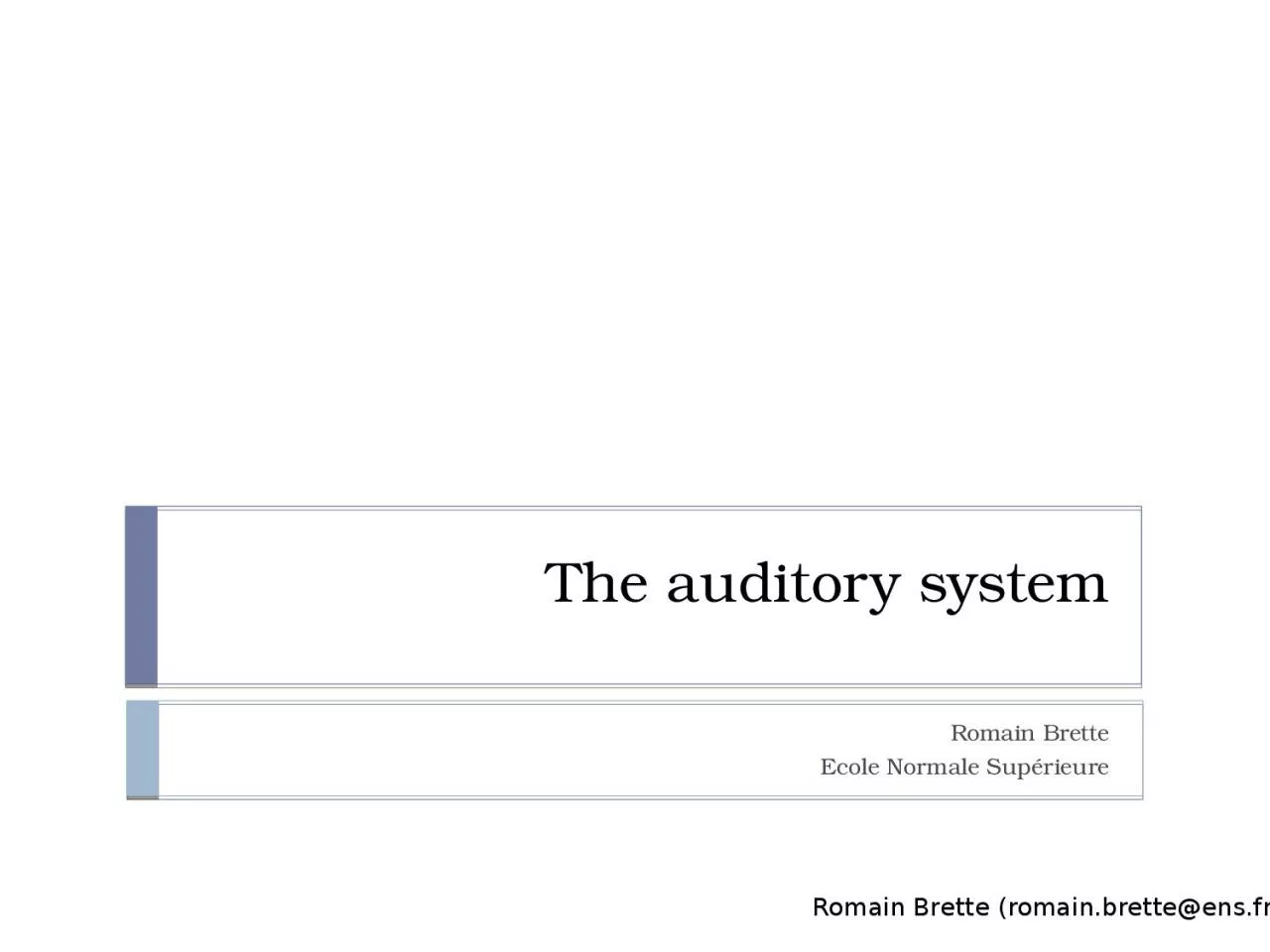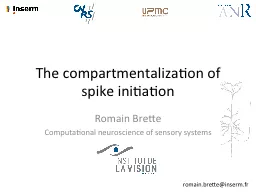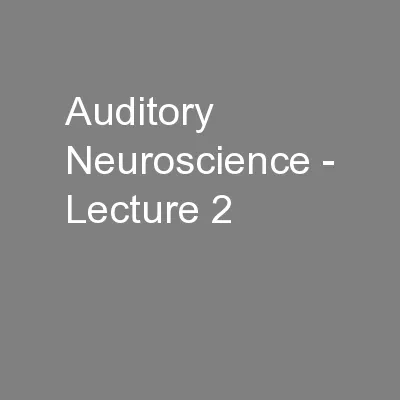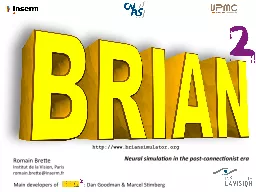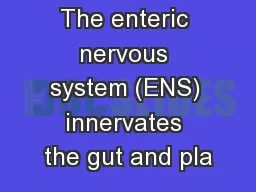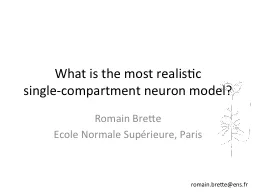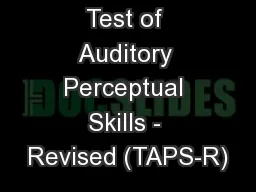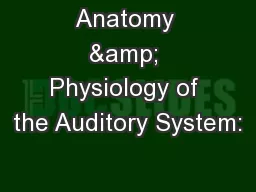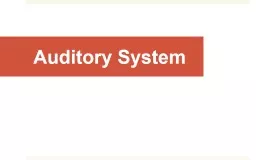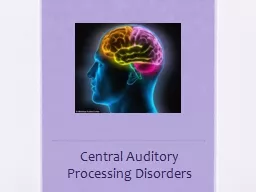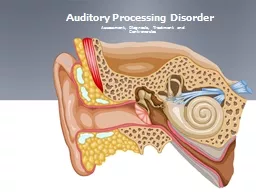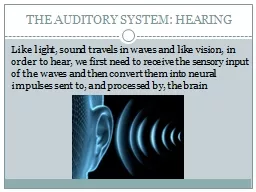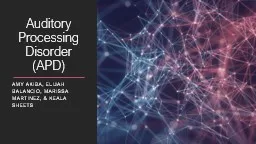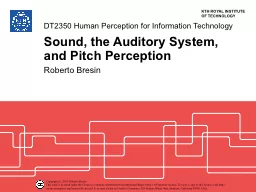PPT-The auditory system Romain Brette (romain.brette@ens.fr)
Author : bitsy | Published Date : 2023-05-20
Romain Brette Ecole Normale Supérieure What is sound Hearing vs seeing Hearing Seeing Acoustical waves 20 20000 Hz 17 cm 17 m Electromagnetic waves 380740
Presentation Embed Code
Download Presentation
Download Presentation The PPT/PDF document "The auditory system Romain Brette (rom..." is the property of its rightful owner. Permission is granted to download and print the materials on this website for personal, non-commercial use only, and to display it on your personal computer provided you do not modify the materials and that you retain all copyright notices contained in the materials. By downloading content from our website, you accept the terms of this agreement.
The auditory system Romain Brette (romain.brette@ens.fr): Transcript
Download Rules Of Document
"The auditory system Romain Brette (romain.brette@ens.fr)"The content belongs to its owner. You may download and print it for personal use, without modification, and keep all copyright notices. By downloading, you agree to these terms.
Related Documents

